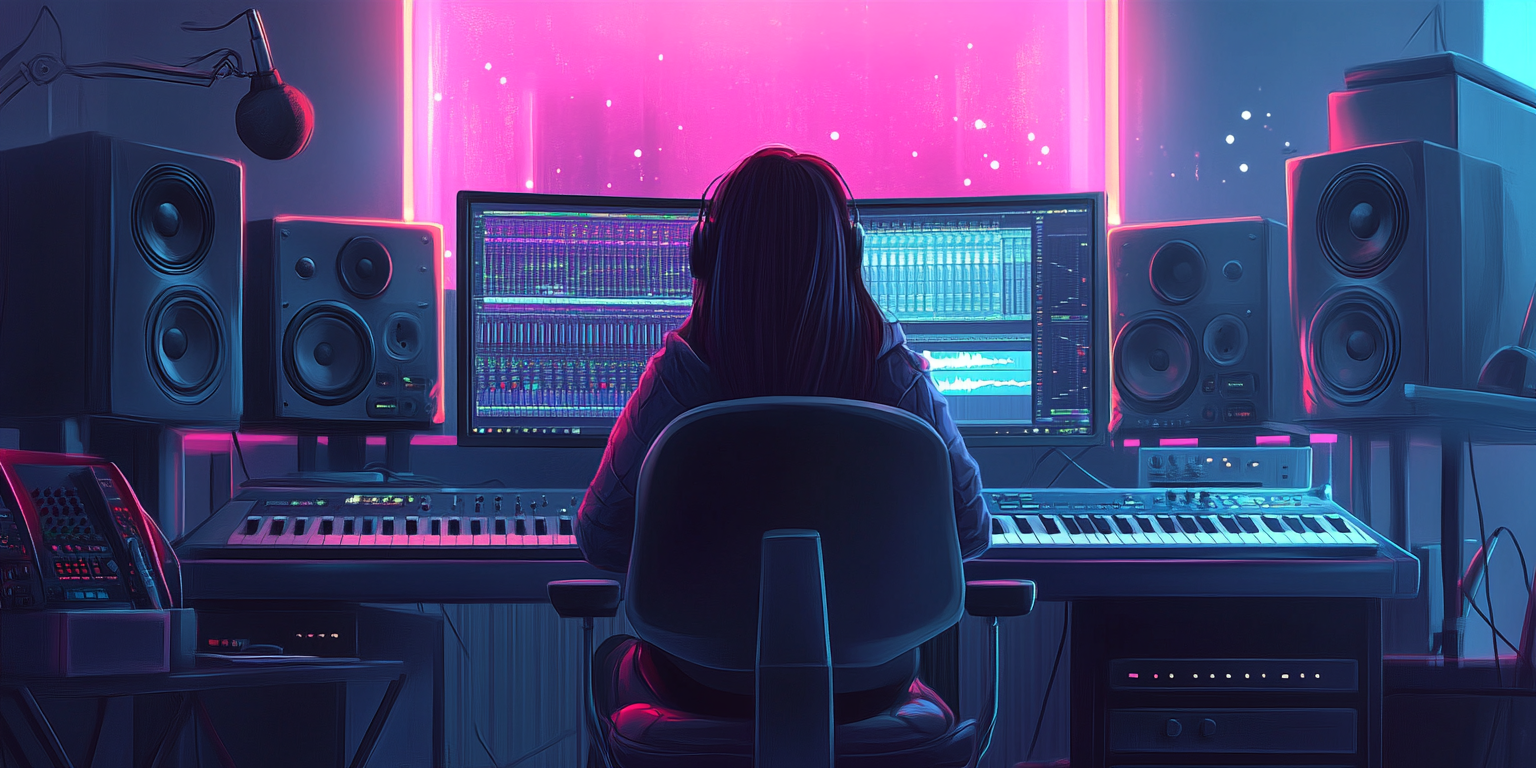How to Mix and Master Type Beats: A Complete Guide
 bbxbeats
bbxbeats
Introduction
Mixing and mastering type beats is crucial to making them sound professional and ready for artists to use. Whether you’re creating trap, hip-hop, or any other genre of beats, a well-mixed and mastered track ensures that your beats hit hard, sound clear, and are commercially competitive. In this guide, we’ll walk through the essential steps to mix and master your type beats for a polished, radio-ready sound.
1. Organize and Clean Your Mix 🎛️
Before you dive into mixing, it’s important to organize your project. Label your tracks, group similar elements like drums or melodies, and use color coding to keep everything neat. Cleaning up your mix means removing any unwanted noise or unnecessary frequencies. High-pass filter instruments and vocals to eliminate low-end rumble that could clash with the bass and kick.
2. Balance Your Levels 🎚️
Getting the levels right is the foundation of a good mix. Start by leveling your drums, as they are the backbone of most type beats. Make sure your kick and snare are hitting hard without distorting. Then, bring in other elements like bass, melodies, and effects, making sure nothing is overpowering the mix. Use volume automation if needed to ensure everything stays balanced throughout the track.
3. EQ for Clarity 🎧
EQ (equalization) is key for creating space between different elements in your mix. Cut unnecessary frequencies that may clash—such as reducing low frequencies in melodies to make room for the bass and kick. Boost the presence of important frequencies to make your beat shine, like enhancing the high mids for more vocal clarity or bringing out the low-end punch in the kick.
4. Add Compression for Punch 🥊
Compression helps control dynamics and gives your mix a more cohesive sound. Use a compressor on your drum bus to glue the drums together, ensuring they hit with more punch. When applying compression to individual elements, like kicks or vocals, aim for subtle adjustments to avoid making the track sound too flat or squashed.
5. Use Reverb and Delay Sparingly 🌌
Reverb and delay can add depth and atmosphere to your beat, but it’s important not to overdo it. Too much reverb can make your track sound muddy. Apply reverb to melodic elements like pads or synths to give them space, and use a little delay to create a sense of width. Keep your drums relatively dry to maintain clarity and punch.
6. Mastering for Loudness and Clarity 🎶
Once your mix is finalized, it’s time to master your track. Start by using a limiter to bring your track up to commercial loudness levels without causing distortion. Add subtle compression to smooth out the overall dynamics of your track. Use EQ to enhance the overall tonal balance, ensuring your track sounds good on various listening systems—from car speakers to headphones.
7. Reference Other Beats 🧐
One of the best ways to improve your mix and master is by comparing your beat to other professionally mixed and mastered tracks. Pick a few reference beats in the same genre and listen to how the elements like drums, bass, and melodies sit in the mix. A/B testing your track against these references can help you fine-tune your mix to achieve a professional sound.
Conclusion
Mixing and mastering type beats is a critical step in creating beats that sound polished and ready for artists to use. By organizing your mix, balancing levels, using EQ and compression wisely, and mastering for clarity, you can ensure your beats are radio-ready and competitive. Keep practicing, trust your ears, and soon you’ll be able to produce professional-quality type beats that stand out. 🎶
Subscribe to my newsletter
Read articles from bbxbeats directly inside your inbox. Subscribe to the newsletter, and don't miss out.
Written by

bbxbeats
bbxbeats
Hey everyone, I’m bbxbeats! I’ve been making music for over 12 years, and in 2019, I started creating type beats, eventually hitting six figures by 2021. Now, I’m focused on giving back to the community by sharing valuable tips and tricks on music production, while answering the questions I once had. If you ever want to reach out, feel free to email me at heybbxbeats@gmail.com.